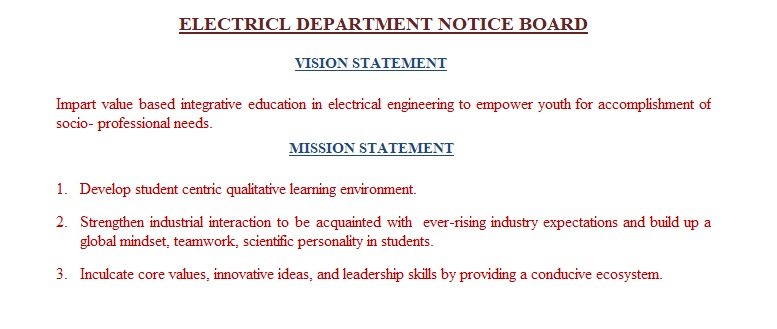1. Number Systems: Decimal, Binary, octal, and hexa-decimal number systems, binary arithmetic. Number base conversion, Complements
Codes: Binary code, excess-3 code, gray code, error detection and correction codes.
2.Logic families: Positive logic and Negative Logic, AND, OR, NOT,NAND,NOR, X-OR GATE, INHIBIT CIRCUIT, Significance and type like TTL, CMOS, interface with different logic families, application relevant information, electrical characteristics,
3.Boolean Algebra: Introduction, Logic Operators, Postulates and theorems, properties –Product of Sums and Sum of Products– Karnaugh Map method – Two, three, four, five variable K-maps, Converting Boolean expressions to Logic and Vice versa, NAND and NOR implementation – Don’t-Care conditions – The tabulation method
4.Combinational Logic Circuit:
Half and full Adder – Half and full Subtracter – Binary parallel adder – BCD Adder, Decimal adder – Magnitude comparator – Encoders & Decoders – Multiplexers–De-multiplexer
5.Flip Flops and Sequential Logic and Circuits:
Basic difference between Combinational logic and Sequential logic – Flip-Flops like S-R , J-K, D, Master Slave– Triggering of (level and Edge) flip-flops –Asynchronous and Synchronous Inputs –Excitation tables for flip-flops
Ripple and Synchronous counters – Registers – Shift registers –Pulse Generation.
Codes: Binary code, excess-3 code, gray code, error detection and correction codes.
2.Logic families: Positive logic and Negative Logic, AND, OR, NOT,NAND,NOR, X-OR GATE, INHIBIT CIRCUIT, Significance and type like TTL, CMOS, interface with different logic families, application relevant information, electrical characteristics,
3.Boolean Algebra: Introduction, Logic Operators, Postulates and theorems, properties –Product of Sums and Sum of Products– Karnaugh Map method – Two, three, four, five variable K-maps, Converting Boolean expressions to Logic and Vice versa, NAND and NOR implementation – Don’t-Care conditions – The tabulation method
4.Combinational Logic Circuit:
Half and full Adder – Half and full Subtracter – Binary parallel adder – BCD Adder, Decimal adder – Magnitude comparator – Encoders & Decoders – Multiplexers–De-multiplexer
5.Flip Flops and Sequential Logic and Circuits:
Basic difference between Combinational logic and Sequential logic – Flip-Flops like S-R , J-K, D, Master Slave– Triggering of (level and Edge) flip-flops –Asynchronous and Synchronous Inputs –Excitation tables for flip-flops
Ripple and Synchronous counters – Registers – Shift registers –Pulse Generation.

No comments:
Post a Comment